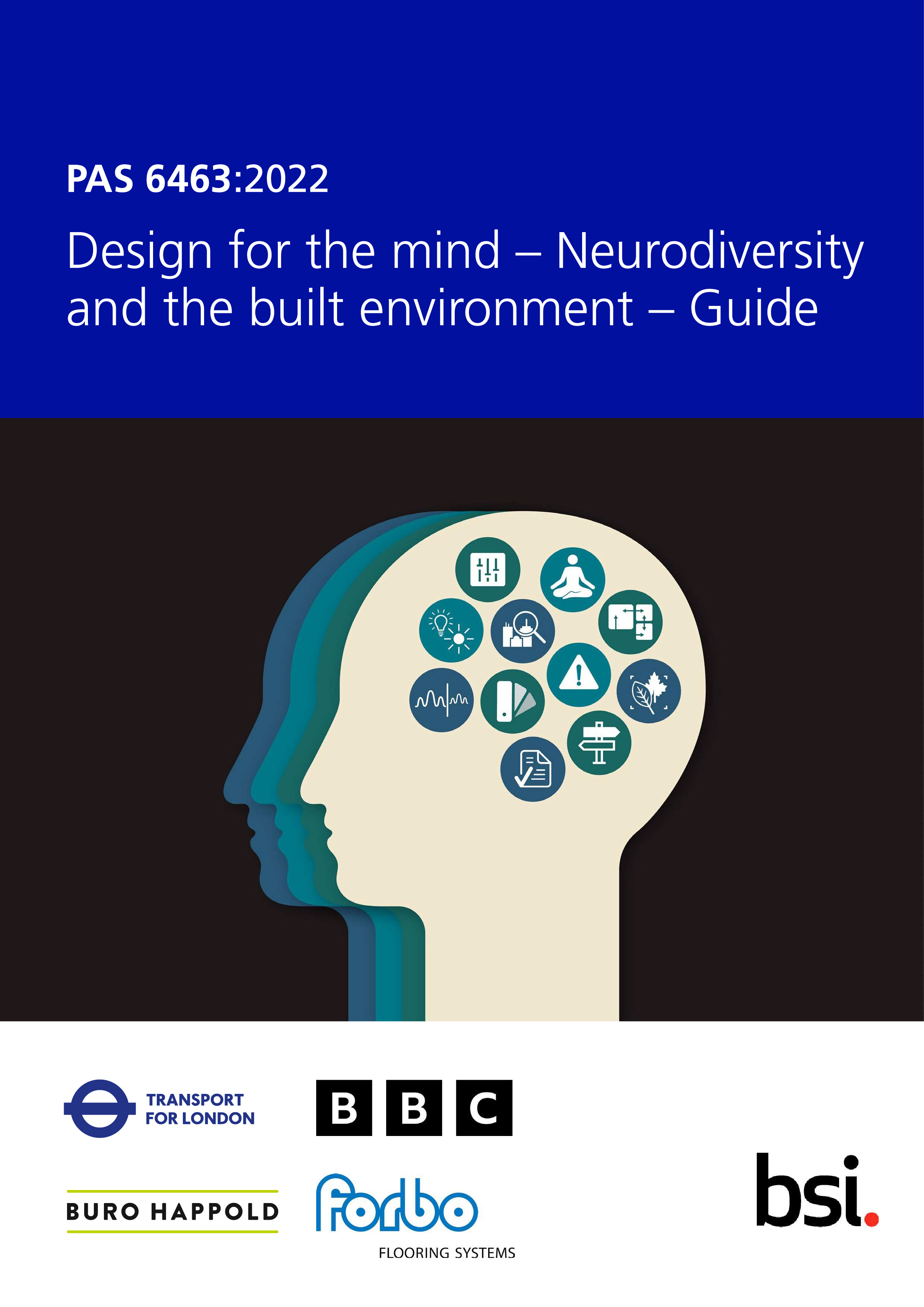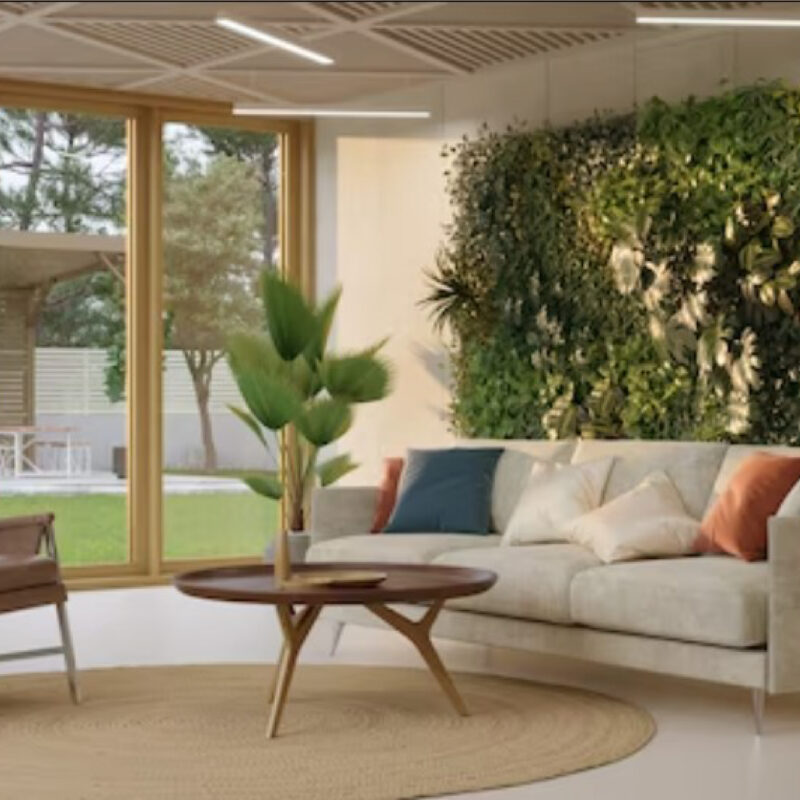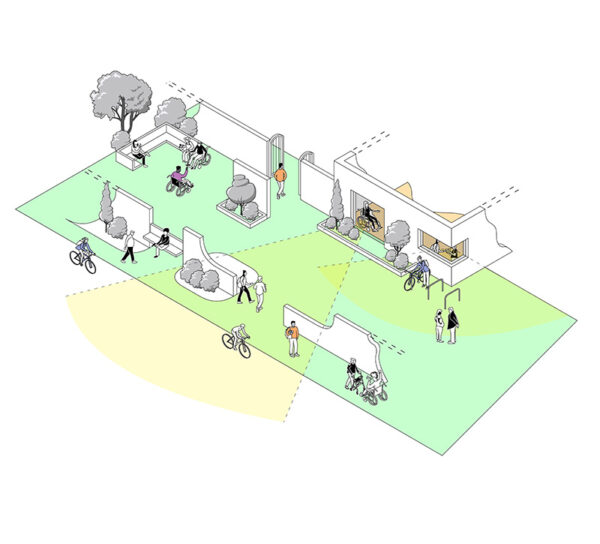PAS 6463:2022 Design for the mind
How we interact with our environment is unique; each individual experiences it differently. PAS 6463:2022 Design for the Mind, focuses on the variety and diversity of the human brain and how we interact. Further, it embraces the changing human condition. The document looks at sensory and information processing differences. It is important to note, however, that sensitivity varies; interventions to improve the environment for one person may be detrimental to another. Also, we don’t work in isolation; all senses interact, and there can be multisensory effects, so a balance must be achieved.
“Designing environments without due regard for neurodiversity are likely to contribute to poor mental health and impaired wellbeing for people with sensory processing differences.”
Good sensory-inclusive environments provide a range of advantages; they can result in environmental, economic, and social benefits. It can allow new client/customer bases to be reached, improve mental health, create more appealing usable spaces, enhance well-being, and improve performance. Overall, it can make the environment better; create a place people feel empowered and in control.
The PAS covers:
- lighting;
- acoustics;
- décor;
- flooring;
- layout;
- wayfinding;
- familiarity;
- clarity;
- safety;
- thermal comfort;
- odour;
- preview of an environment; and
- other sensory design considerations.
The document follows the RIBA stages establishing the design for the mind activities at each stage. It simply and directly explains key considerations from wayfinding to signage looking at how it directs, confirms, and identifies to discussing the importance of biophilic design. It encourages clarity to be brought through the design process, analysing what we do and why. There is intersectionality in the proposals and their advantages to all, from quiet zones to lighting and visual contrast. A complex subject is covered with sensitivity and understanding in this guidance.
At WWA we work extensively with a broad range of users who have varying needs. We have extensive experience working with neurodegenerative profiles such as people with different forms of dementia. Although the PAS does not cover user requirements for special education environments, dementia, or complex care settings there is interconnectivity. Especially sections referring to Wayfinding, acoustics, shadows, surfaces, signage, and biophilic design.
WWA is producing a document focusing on design for people with trauma, there is a specific sensory focus looking at the qualities of space as well as their layout and configurations and how this is interpreted. Reactions to trauma can cause hypersensitivity and issues with sensory processing as well as affect mental well-being. The PAS covers key areas which can help make spaces more usable and easily understandable – from how we use finishes to cue and define spaces allowing greater legibility. Stay tuned for our full report.
Click here for further reading and to download the free guide








